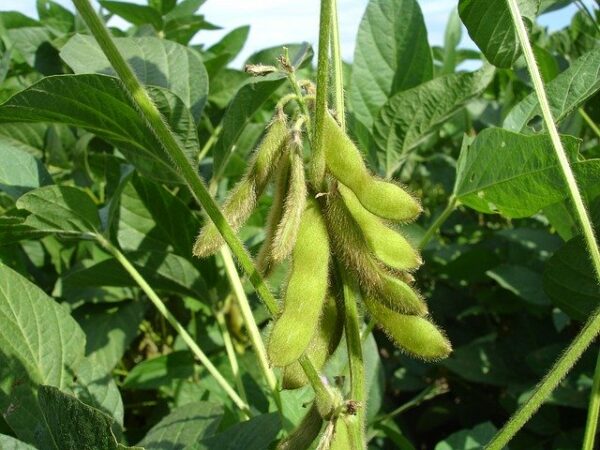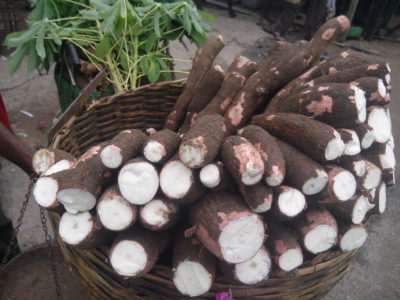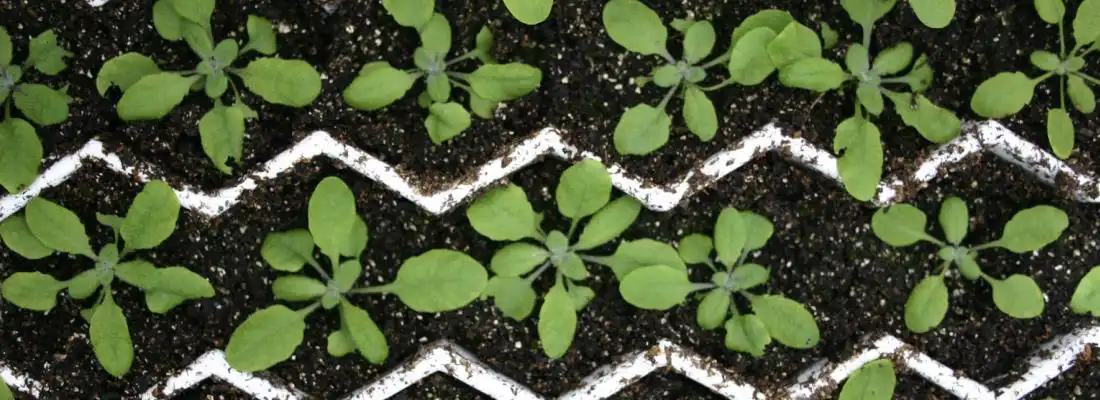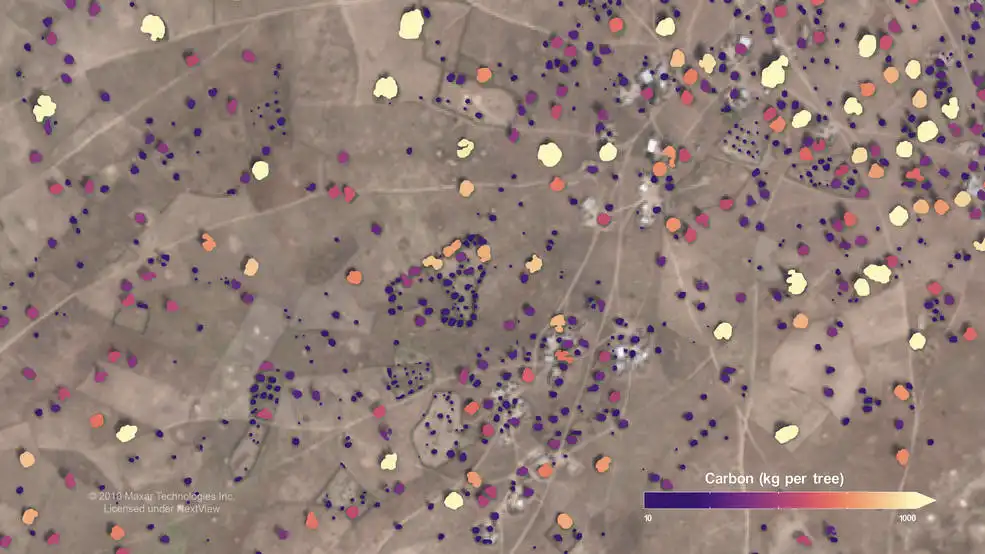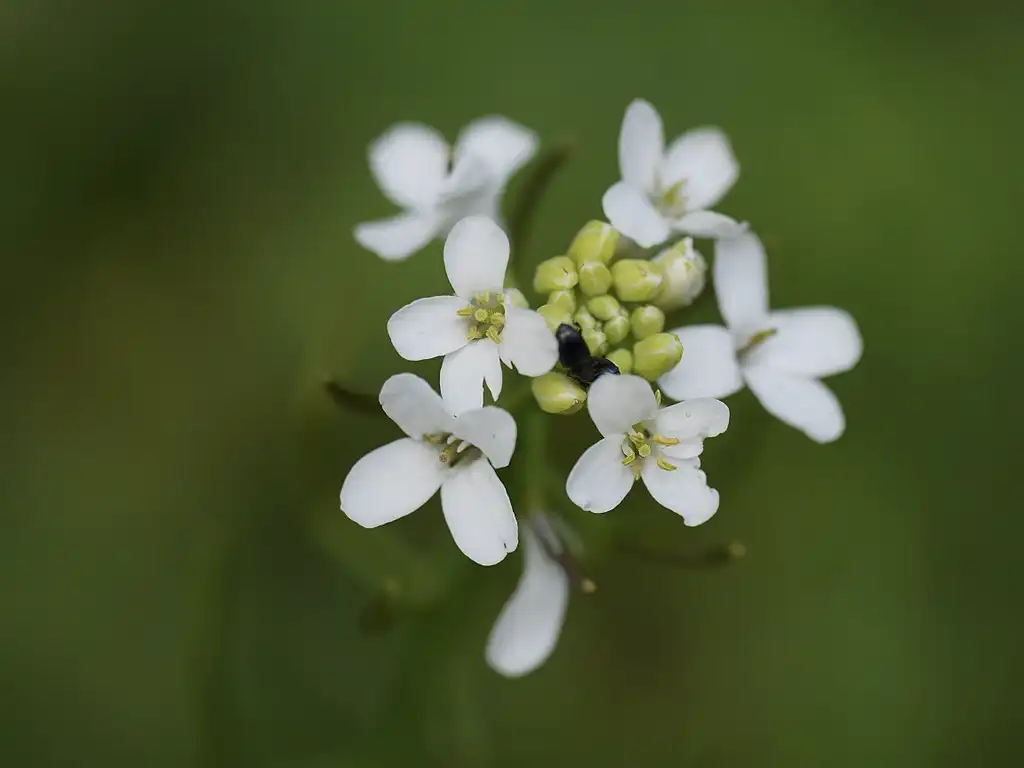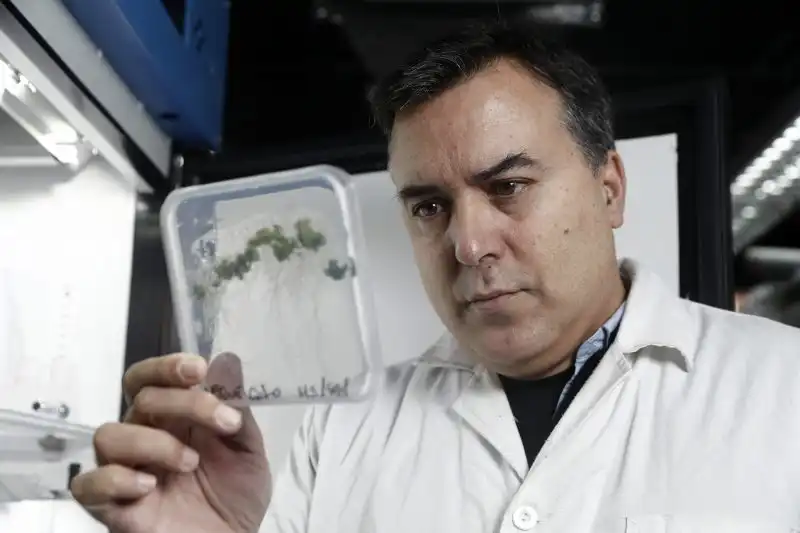
The tropics hold most of the planet’s biodiversity. In order to preserve this fragile and valuable asset, many individuals and communities need to get involved and be well informed. However, tropical ecology and conservation sciences are still often affected by…
Read More



